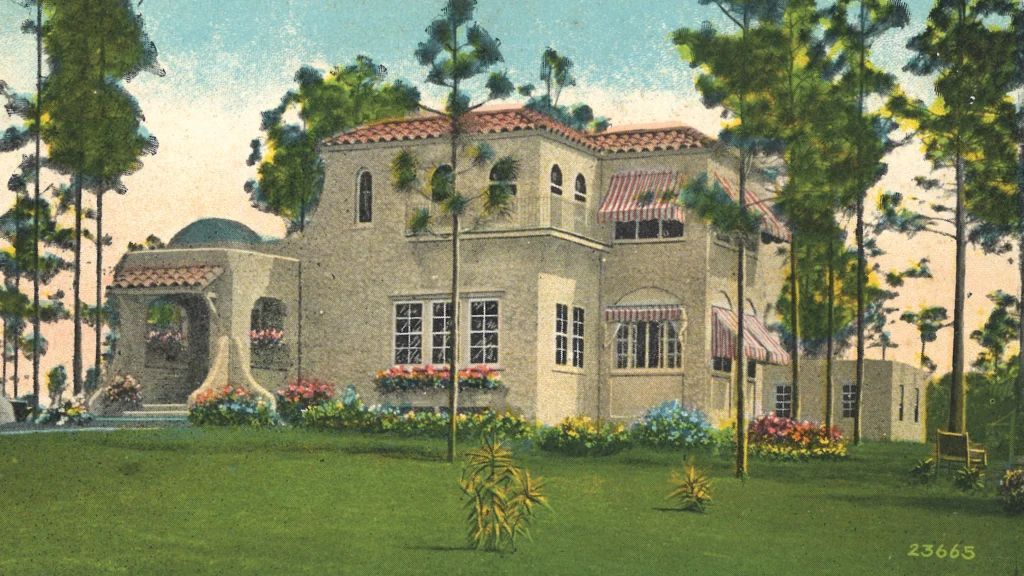A hidden gem in the Sunshine State

Developed during the 1920s Florida Land Boom, Temple Terrace grew from an orange grove development to a city that included a country club and an 18-hole golf course. Prior to that, in the 19th and early 20th centuries, the land was used by railroads, turpentine companies, and farmers.
One of the earliest settlers was George E. Lightfoot, Sr., who homesteaded 160 acres in 1895 in the middle of what would become the Temple Terrace Golf Course. Following Lightfoot’s death, the land was deeded in 1902 to his widow, Siddie Lightfoot Long, who later sold it to S.L. Robles. In 1914, Bertha Honore Palmer purchased approximately eighty acres of the original homestead to add to her 4,000-acre hunting preserve. Palmer owned a considerable amount of land in Hillsborough County (and developed the Virginia Park neighborhood in South Tampa), plus over 140,000 acres in the Sarasota area.
Following Palmer’s death in 1918, her estate was purchased by Tampa real estate developer William E. Hamner. Hamner resold the property to his brother Burks L. Hamner and partners Vance Helm and D. Collins Gillett, a citrus grower. By 1925, the clubhouse, golf course, and a number of houses were built.
Like other buildings constructed at this time throughout Florida, the clubhouse and many of the houses were designed in the Mediterranean Revival style, utilizing stucco walls and Spanish tile roofs. The City of Temple Terrace was incorporated by a legislative act in May 1925.
This weekly Sunday feature is published in the Tampa Bay Times. Follow along and keep exploring with @TampaBayHistory and TampaBayHistoryCenter.org/blog.


